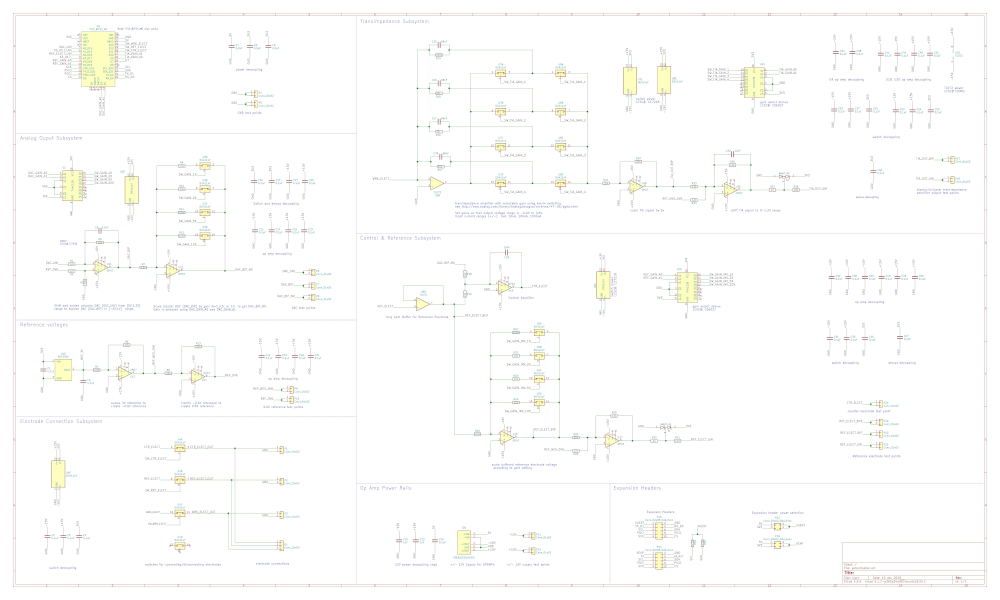New Rodeostat MX design
New Rodeostat MX design & Open Colorimeter updates.

The Rodeostat Open Source Potentiostat is based on the Teensy 3.2 development board created by Paul Stoffregen at PJRC. The Teensy 3.2 is an amazing and rock solid development board. Unfortunately, due to the ongoing chip shortage they are currently not available as the processor used on these boards are out of stock everywhere. According to the PJRC website, the manufacturer of the processor (NXP) is expecting the first new batch of chips in March 2023, and more in June 2023. PJRC is planning to resume production of Teensy 3.2 when these chips arrive. As our own stocks of Teensy 3.2 boards are running low, we have decided to develop a new variant of the Rodeostat which use an alternative to the Teensy 3.2.
Itsy Bitsy M4 and M0 boards
After some research into possible options, we selected the Itsy Bitsy M4 Express & Itsy Bitsy M0 Express as great options. These are also outstanding development boards and they are similar enough to the Teensy 3.2 to enable us to create a modified Rodeostat MX variant design with very minimal hardware and software changes.


- Itsy Bitsy M4 Express uses an ATSAMD51 Cortex M4 processor running at 120MHz
with 512KB Flash and 192KB RAM - Itsy Bitsy M0 Express uses an ATSAMD21 Cortex M0 processor running at 48 MHz with 256KB Flash and 32 KB RAM
Both boards can be programmed in C++ using the Arduino IDE. This enables us to port our Rodeostat firmware to these boards with only a small number of changes.
An added bonus both of using the M4 and M0 variants is CircuitPython support. This opens up the possibility of producing a version of the Rodeostat firmware written purely in CircuitPython.
Rodeostat MX KiCAD designs
We designed the Rodeostat MX using KiCad. Below are some images for the schematic and layout. The files are also on our Github repository:


Next Steps
We plan to manufacture a small batch of prototypes of the new design. Once they arrive we will work on porting the firmware and testing the boards. We still have a limited stock of the Rodeostat Teensy 3.2 version left. We will re-stock them as soon as the Teensy 3.2 is available again in 2023. We plan to stock and support both the Teensy and Itsy Bitsy variants for the foreseeable future.

Open Colorimeter launch
As you may know, we launched the Open Colorimeter last Friday and it is now available in our online store.

Open Colorimeter
The Open Colorimeter is a portable and customizable colorimeter for measuring absorbance, transmittance and concentration.
We wanted to share with you some early press articles from Hackaday and Hackster.io.












Comments ()